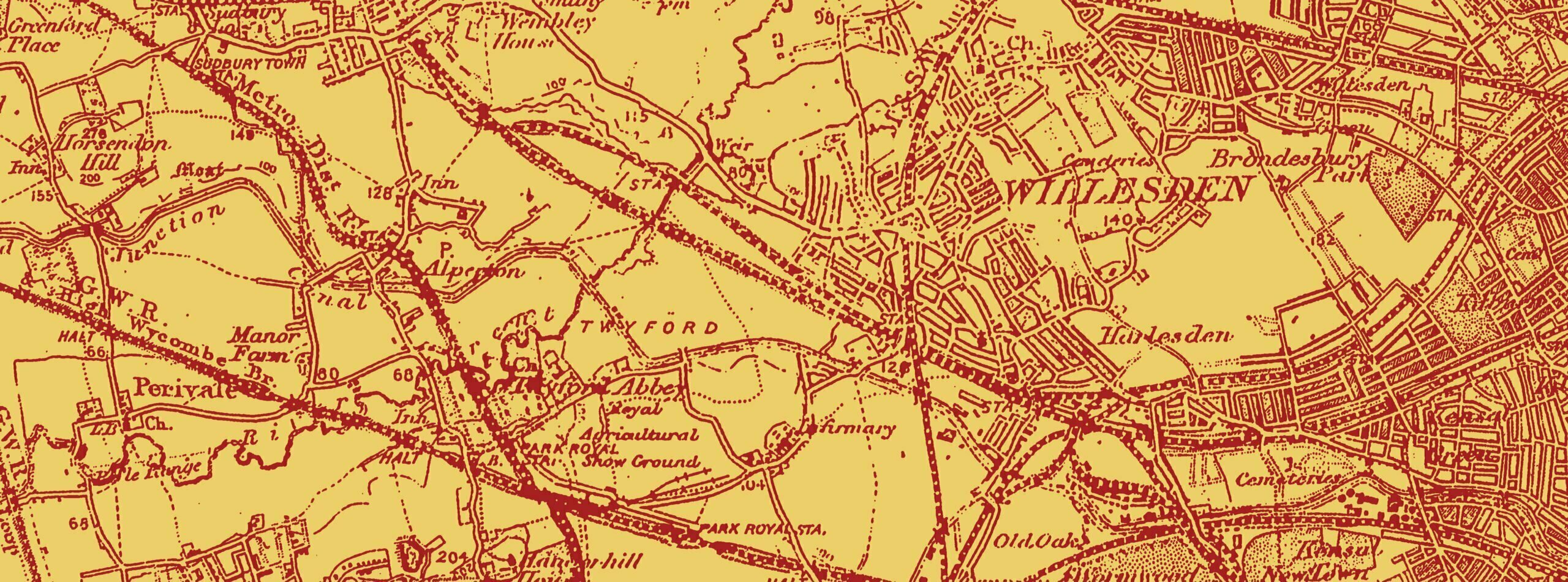By The Cut of Their Cloth exhibition – now live!

Spanning 300 years of Brent’s mixed race and multicultural history through the lenses of art, photography and fashion, ‘By The Cut of Their Cloth’ (BTCOTC) is our latest online exhibition.
Visit the exhibition
www.mixedmuseum.org.uk/BTCOTC
What is By The Cut of Their Cloth?
Curated by The Mixed Museum and Brent-based artist and designer Warren Reilly, BTCOTC explores Brent’s rich multicultural and mixed-race histories. In particular, it continues in the tradition of the Brent 2020: London Borough of Culture project ‘Fashioning our History’ by using fashion as a lens to look at marginalised social histories.
We have been thrilled by the interest shown in the project since its start and we are delighted to now be able to share the wonderful material we have collected with you. We hope that the images and family histories uncovered by the project will help us all think about how we can open up and enrich Britain’s archives so that a wider range of the family histories that make up British history can inform us and be enjoyed by us all, now and in the future.

Exhibition contents
The exhibition is split into seven main sections, including:
Stories of Colonial Brent - A look at Brent’s colonial past
Multiracial Brent - Stories of modern migration and multiculturalism from the Borough of Brent
The Boy From Brent - Curating Warren's 'family archive’
Archive Discoveries - What we found in Brent Museum and Archives
Brent Stories - Brent residents and creatives share stories of their mixed-race and multicultural family histories with BTCOTC
Fashioning our History - Exploring stories of racial mixing and multiculturalism using fashion as a lens
Artistic Responses - Encouraging creative responses to historical accounts

We hope that BTCOTC will not only help bring attention to Brent's long history of racial mixing but also show that the histories of ‘ordinary’ people are just as fascinating and valuable a resource as the stories of more well-known or influential people who are typically included in archive and museum collections.
Visit the exhibition: www.mixedmuseum.org.uk/BTCOTC
